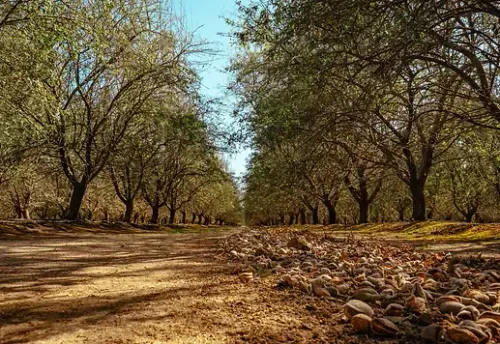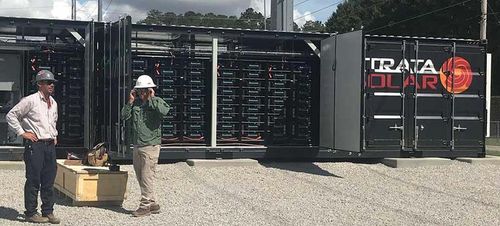The purchase price paid by Woodside Energy for OCI’s 1.1 MTPA plant, which will produce grey ammonia starting next year and blue ammonia starting in 2026, represents a lofty valuation for an ammonia synthesis facility, industry sources said.
But the valuation also sets a high-water mark that was welcomed by the nascent blue ammonia market – and the entry of a global LNG player into the clean ammonia space provides resources and validation for the future of the sector.
High multiple
Neither OCI Global nor Woodside disclosed specific valuation figures in public releases and remarks. And OCI has not disclosed its EBITDA expectations for the blue ammonia plant. Representatives of OCI and Woodside did not respond to requests for comment.
However, a nearby project in the Houston Ship Channel under development by INPEX, Air Liquide, and LSB Industries could serve as a proxy for the Woodside project’s earnings power: Both the Woodside blue ammonia project and the Houston Ship Channel project will depend on third-party supplies of nitrogen and blue hydrogen, resulting in roughly similar project design and cost arrangements.
For the Houston Ship Channel project, which will also produce 1.1 MTPA of blue ammonia, LSB has projected it would generate $150m in annual EBITDA, assuming 80% of the production is under contract.
Using the $150m EBITDA figure for the Woodside blue ammonia project would lead to a sale multiple of 15x. That compares to 9x sale multiples for recent ammonia facility sales – CF Industries’ purchase of the Waggaman plant in Louisiana, and Koch Industries’ purchase of Iowa Fertilizer Co.
“That’s high,” an industry executive said.
“It’s bonkers,” a banker added.
Valuation support
Still, several factors may have supported Woodside’s willingness to pay such a high multiple: an earned premium for being the first blue ammonia facility; a potentially favorable blue hydrogen feedstock arrangement with Linde; and Woodside’s ability to invest in phase II expansion at the site.
OCI took FID on the project, which still doesn’t have substantial offtake, in a gamble on future demand for blue ammonia, leaning heavily on the belief that mandates in Europe will support demand – and higher pricing – for blue products on the Continent. OCI’s CEO Ahmed El-Hoshy has previously detailed his view that the implementation of CBAM starting in 2026 will provide an avenue for a structural premium for blue ammonia products. This view is also built into Woodside’s investment thesis.
Taking an early FID on the project locked in EPC costs ahead of the inflationary pressures of the last few years; and the project depends on proven technology from Linde, KBR, and ExxonMobil.
“OCI should get a premium for being the first blue ammonia project out of the gate – but I’m still not sure 15x is the right premium,” a second industry executive said.
45Q benefits
Another crucial aspect of the Woodside project’s economics is the feedstock contract with Linde for blue hydrogen – and OCI has said in previous earnings calls that it will receive a lower blue hydrogen price due to the 45Q tax credit benefits for CCS at the Linde facility.
Linde is investing $1.8bn to build, own and operate an on-site complex which will include autothermal reforming with carbon capture, plus a large air separation plant. Linde has contracted with ExxonMobilI to capture 1.7 million tons of CO2 per year from the site, which amounts to $144.5m per year considering the $85 per ton tax credit under 45Q – or $1.734bn over a 12-year claim period.
In other words, Linde can theoretically recoup almost the entire cost of the ATR and ASU projects using 45Q alone.
In addition, Woodside has said its return on the project will improve with the phase 2 expansion. It estimates its IRR for phase 1 will be 10%, and higher for the combined phases, based on shared infrastructure like docking and storage as well as the piperack, utilities, and control room.
Still, industry sources questioned how much of a benefit this shared infrastructure would provide for phase 2 of the project.
“I’m not sure why you would pay up for phase 2 – you need to get phase 1 up and running first,” the second executive said.





